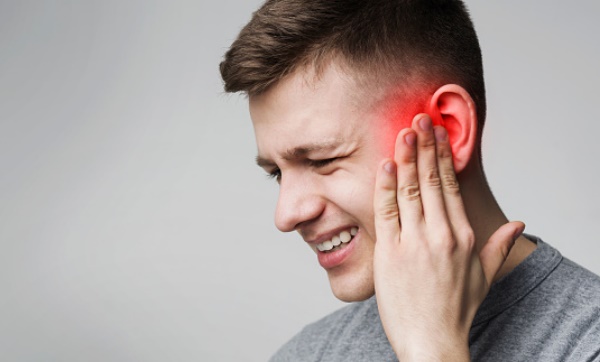When you climb mountains or take off on an airplane, you can feel your ears pop. The feeling is unpleasant, but, fortunately, there are several ways to cope with it at once.

Do not self-medicate! In our articles we collect the latest scientific data and opinions of authoritative experts in the field of health. But remember: only a doctor can diagnose and prescribe treatment.
Probably everyone had an unpleasant feeling of stuffy ears. This can happen when we are sick, flying on a plane or even riding an elevator. And in an attempt to restore the ability to hear to our ears, we use any techniques that our parents or acquaintances showed us. But which ones really work?
Why does he lay his ears
We experience a feeling of stuffy ears when the Eustachian tubes that run between the middle ear and the back of the nose become clogged or when the pressure inside the ears differs from the pressure outside. We may also experience ear pain, tension, hearing loss, and dizziness. In medicine, this is called ear barotrauma.
Very often this happens due to a sudden increase or decrease in pressure. For example, when you dive deep under water, climb a mountain on a fast funicular or fly in an airplane. The fact is that when we ascend, the atmospheric pressure decreases, and when we descend, it increases. Thus, the pressure outside the ear becomes different from the pressure inside the Eustachian tubes, so we feel a sensation of blockage.
Another reason for this is the blockage of the Eustachian tube. When this channel is blocked, the air bubble cannot penetrate into the middle ear, eventually creating a vacuum and pulling the eardrum. The reason for this may be a stuffy nose or earwax.
How to cope with congestion in the ear
To minimize the feeling of stuffy ears when changing height, you need to slowly rise or fall, giving the Eustachian tubes time to equalize the pressure. But you can’t always control how quickly the height changes. To get rid of the blockage, you need to open the Eustachian tubes. Here are a few ways to help with this:
- Yawn. When you open your mouth to yawn, you swallow air. Swallowing and mouth movement can equalize the pressure.
- Move your jaw. This can help open the Eustachian tubes and reduce the pressure.
- Have a drink. When swallowing liquid, the pressure inside the ears is equalized. If that doesn’t help, try drinking while holding your nose.
- Chew. You can chew gum. Chewing gum promotes the production of saliva and improves swallowing. The movement of the jaw during chewing can also help with stuffy ears.
Inflate the balloon. The pressure that you will create when inflating the balloon will help to free your ears.
There are 2 popular methods that will help you clear your ears. Both of them create pressure to open the Eustachian tubes.
- Valsalva Maneuver: close your mouth and pinch your nostrils. Exhale carefully, not allowing air to escape through the mouth or nose, creating a slight pressure in the mouth.
- Toynbee Maneuver: close your mouth, pinch your nostrils and swallow.
